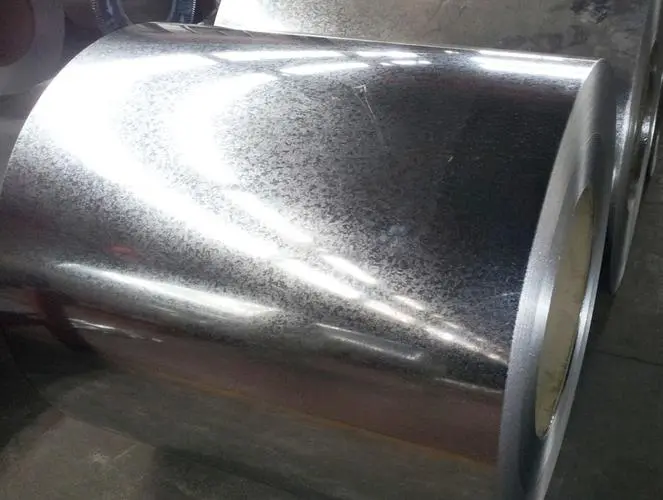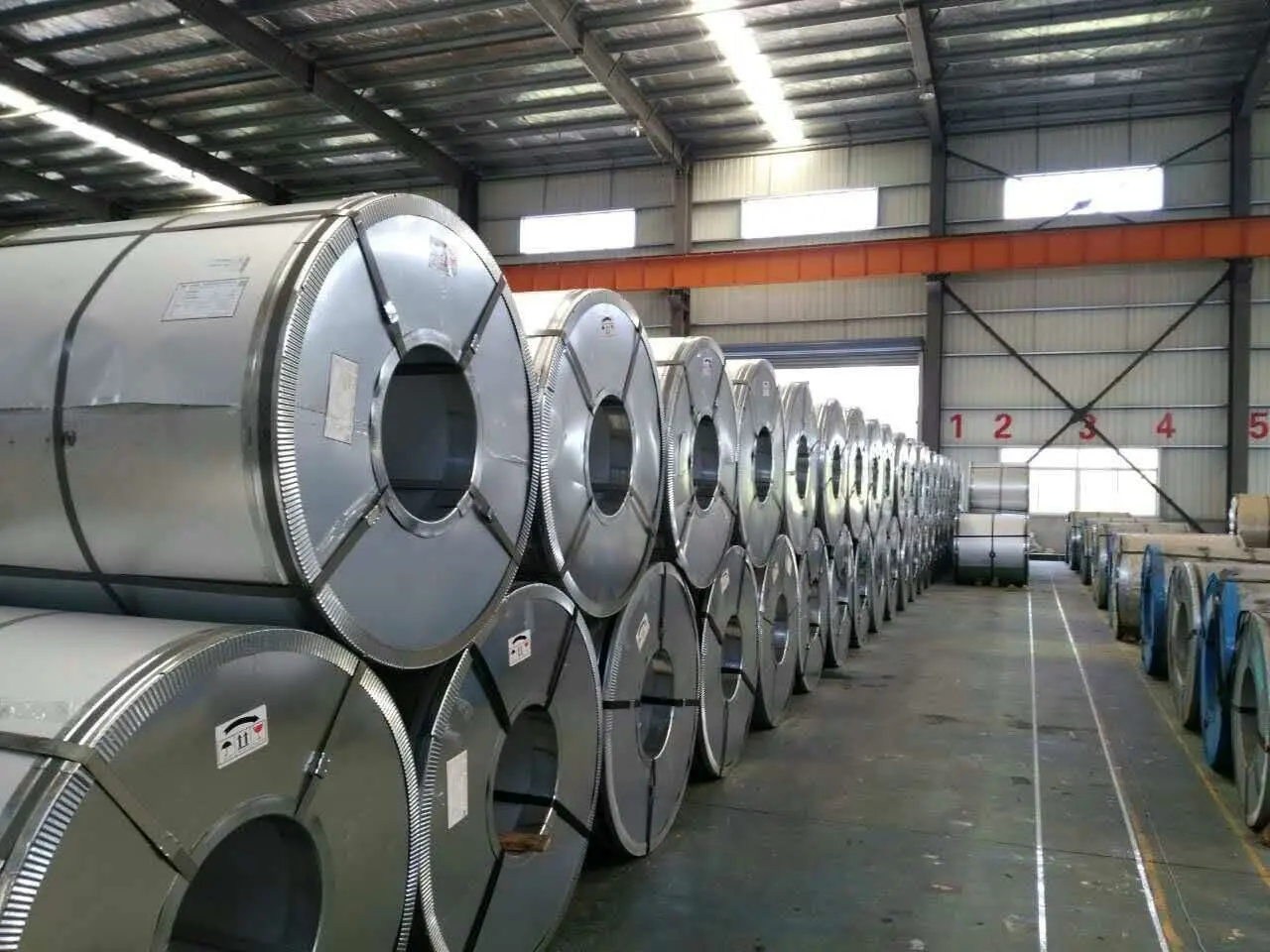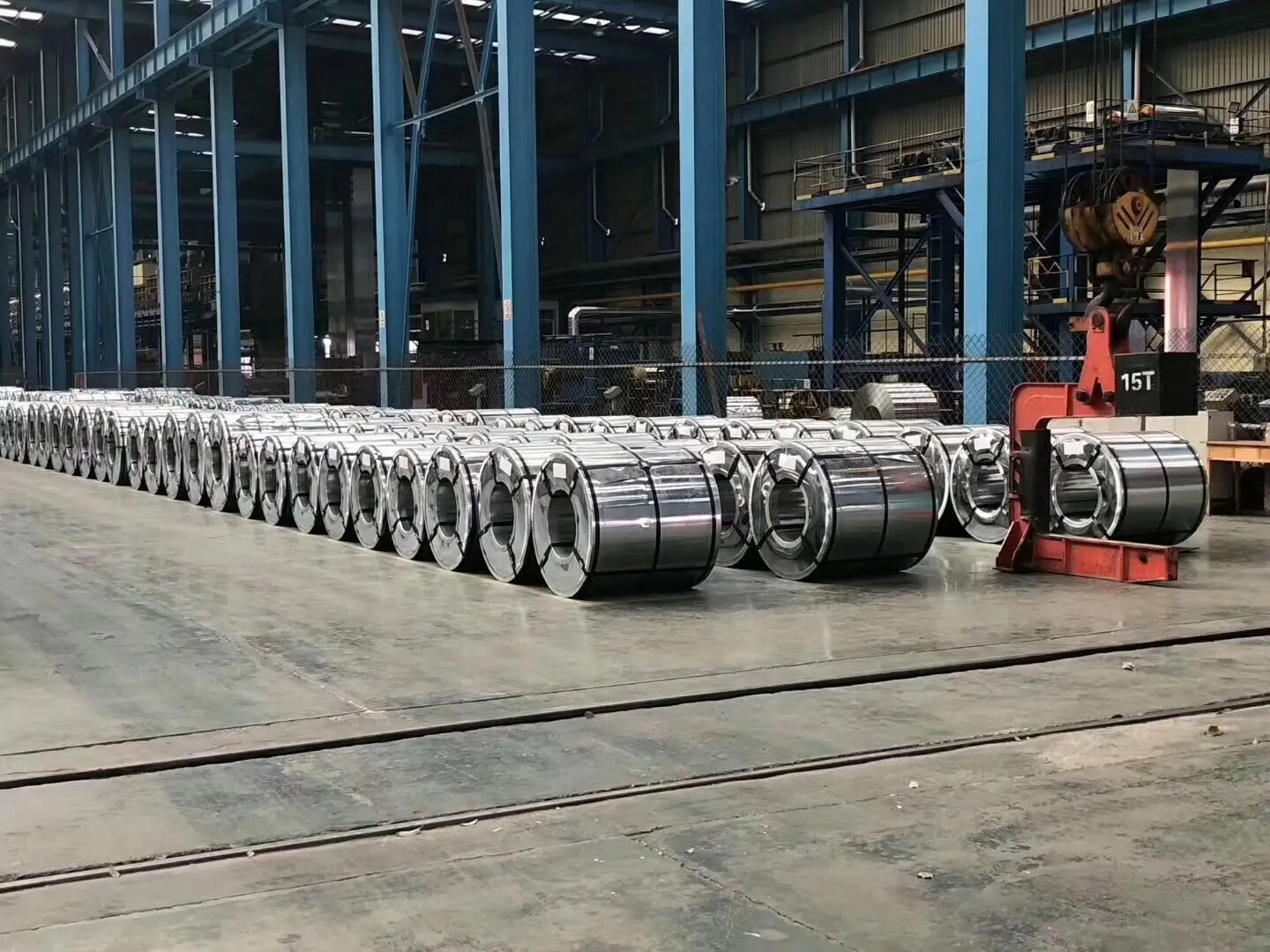Hot-dip galvanizing is to make the molten metal react with the iron matrix to produce an alloy layer, so that the matrix and the coating are combined. Hot-dip galvanizing is to pickle the steel parts first. In order to remove iron oxide on the surface of the steel parts, after pickling, it is cleaned in a tank of ammonium chloride or zinc chloride aqueous solution or a mixed aqueous solution of ammonium chloride and zinc chloride , and then sent to the hot dip coating tank. Hot-dip galvanizing has the advantages of uniform coating, strong adhesion and long service life.

The most widely used steel materials in the industry will corrode to varying degrees when used in environments such as atmosphere, seawater, soil and building materials. According to statistics, the world’s annual loss of steel materials due to corrosion accounts for about 1/3 of its total production. In order to ensure the normal use of steel products and prolong their service life, the anti-corrosion protection technology of steel has always received widespread attention.

Hot-dip galvanizing is one of the most effective means to delay the environmental corrosion of iron and steel materials. It is to immerse the iron and steel products whose surfaces have been cleaned and activated in molten zinc solution. The surface is coated with a zinc alloy coating with good adhesion. Compared with other metal protection methods, the hot-dip galvanizing process has the protection characteristics of the combination of the physical barrier and electrochemical protection of the coating, the bonding strength of the coating and the substrate, the compactness, durability, maintenance-free and economical of the coating. It has unparalleled advantages in terms of flexibility and adaptability to the shape and size of products. At present, hot-dip galvanized products mainly include steel plates, steel strips, steel wires, steel pipes, etc., of which hot-dip galvanized steel sheets account for the largest proportion. For a long time, the hot-dip galvanizing process has been favored by people because of its low plating cost, excellent protection properties and beautiful appearance, and is widely used in automobiles, construction, home appliances, chemicals, machinery, petroleum, metallurgy, light industry , transportation, electric power, aviation and marine engineering and other fields.

The advantages of hot-dip galvanized products are as follows:
1. The entire steel surface is protected, no matter in the inside of the pipe fitting in the depression, or any other corner where the coating is difficult to enter, the molten zinc is easy to cover evenly.
hot dip galvanized
hot dip galvanized
2. The hardness value of galvanized layer is larger than that of steel. The uppermost Eta layer has only 70 DPN hardness, so it is easy to be dented by collision, but the lower Zeta layer and delta layer have 179 DPN and 211 DPN respectively, which is higher than the 159 DPN hardness of iron, so its impact resistance and Abrasion resistance is quite good.
3. In the corner area, the zinc layer is often thicker than other places, and has good toughness and wear resistance. Other coatings are often the thinnest, the most difficult to construct, and the most vulnerable place at this corner, so maintenance is often required.
4. Even due to great mechanical damage or other reasons. A small part of the zinc layer will fall off and the iron base will be exposed. At this time, the surrounding zinc layer will function as a sacrificial anode to protect the steel here from corrosion. The opposite is true for other coatings, where rust builds up immediately and spreads rapidly under the coating, causing the coating to peel.
5. The consumption of the zinc layer in the atmosphere is very slow, about 1/17 to 1/18 of the corrosion rate of steel, and it is predictable. Its lifespan far exceeds that of any other coating.
6. The life of the coating depends on the thickness of the coating in a specific environment. The thickness of the coating is determined by the thickness of the steel, that is, the thicker the steel is, the thicker the coating is, so the thicker steel part of the same steel structure must also get the thicker coating to ensure a longer life.
7. The galvanized layer can be painted with duplex system due to its beauty, art, or when it is used in a specific severe corrosive environment. As long as the paint system is selected correctly and the construction is easy, its anti-corrosion effect is better than that of single painting and hot-dip galvanizing. The lifespan is 1.5~2.5 times better.
8. To protect steel with a zinc layer, there are several other methods besides hot-dip galvanizing. Generally, the hot-dip galvanizing method is the most widely used, the best anti-corrosion effect and the best economic benefit.
Post time: Jul-18-2022